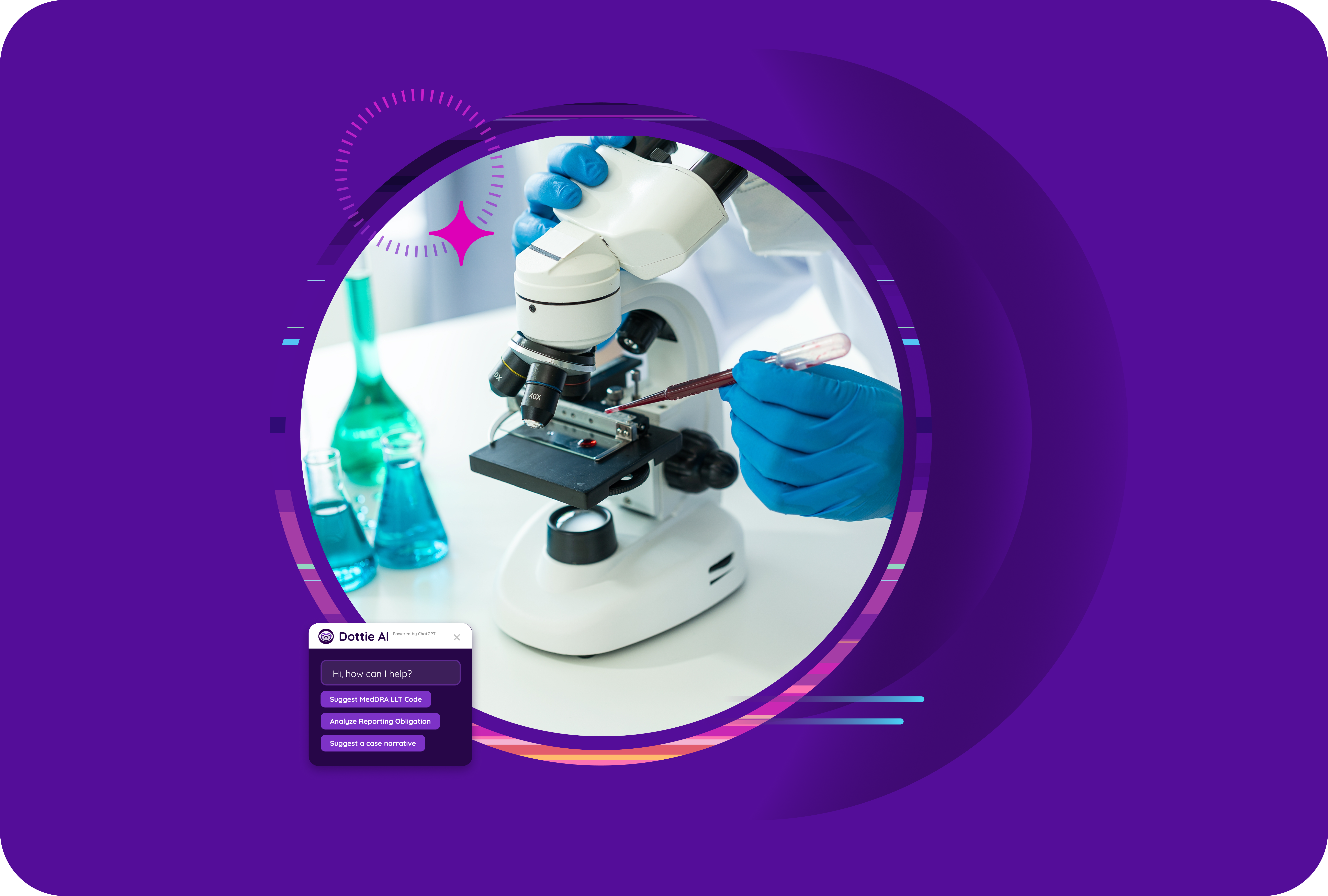
Medical device performance testing ensures that medical products are safe, effective, and reliable before they reach the market. It evaluates whether a device functions as intended, meets regulatory requirements, and handles real-world usage. This process identifies and addresses potential issues, confirms compliance with standards, and tests the device’s durability and functionality under various conditions. Performance testing protects patient health, supports regulatory approval, and helps maintain product quality throughout its lifecycle.
In this blog post, we’ll explore the key aspects of medical device performance testing, including the different types of testing involved, the regulatory requirements that guide the process, and the challenges manufacturers face. We’ll also discuss best practices for conducting performance tests and how to leverage these practices to ensure the highest standards of safety and quality in medical devices.
Understanding the Importance of Medical Device Performance Testing
A malfunctioning or ineffective device can lead to serious patient harm, costly recalls, and damage to a manufacturer’s reputation. By conducting thorough performance testing, manufacturers can:
- Identify and address potential issues early: This can prevent costly recalls and product failures.
- Ensure patient safety: By verifying that devices meet safety standards, manufacturers can protect patients from harm.
- Demonstrate compliance with regulatory requirements: Adherence to regulatory standards is essential for obtaining market approval and avoiding legal issues.
- Improve product quality: Performance testing can help manufacturers identify areas for improvement and enhance the overall quality of their products.
Types of Medical Device Performance Testing
There are several types of performance testing that may be required for medical devices, depending on their specific characteristics and intended use:
- Functional testing: This involves evaluating a device’s ability to perform its primary functions as designed. For example, a blood pressure monitor would be tested to ensure it accurately measures blood pressure.
- Safety testing: This assesses the device’s potential for causing harm to patients or healthcare professionals. It may include biocompatibility testing, electrical safety testing, and mechanical safety testing.
- Reliability testing: This determines a device’s ability to function reliably over time under various conditions. It may involve accelerated aging testing, stress testing, and environmental testing.
- Durability testing: This assesses a device’s resistance to wear and tear, including mechanical stress, temperature extremes, and humidity.
- Compatibility testing: This evaluates a device’s ability to interact properly with other medical equipment and systems.
- User interface testing: This ensures that the device’s user interface is intuitive, easy to use, and minimizes the risk of errors.
- Clinical testing: In some cases, clinical trials may be required to evaluate a device’s effectiveness in real-world use.
Key Performance Indicators (KPIs) for Medical Device Testing
To measure the effectiveness of medical device performance testing, it is essential to establish key performance indicators (KPIs). These KPIs can include:
- Pass rate: The percentage of test cases that are successfully passed.
- Failure rate: The percentage of test cases that are failed.
- Defect density: The number of defects found per unit of code or product.
- Mean time between failures (MTBF): The average time between failures of a device.
- Mean time to repair (MTTR): The average time it takes to repair a failed device.
- Customer satisfaction: Feedback from patients and healthcare professionals regarding the device’s performance.
Regulatory Requirements for Medical Device Performance Testing
Medical device performance testing is subject to strict regulatory requirements, which vary depending on the jurisdiction and the type of device. Common regulatory bodies include:
- Food and Drug Administration (FDA): The FDA regulates medical devices in the United States.
- European Union (EU): The EU Medical Device Regulation (MDR) governs medical devices in the EU.
- Health Canada: Health Canada regulates medical devices in Canada.
- International Organization for Standardization (ISO): ISO publishes standards that provide guidance on medical device testing, such as ISO 13485 (quality management systems) and ISO 14971 (risk management).
Challenges and Best Practices in Medical Device Performance Testing
Medical device performance testing can be challenging due to factors such as:
- Complexity of devices: Many modern medical devices, particularly those involving advanced technologies like AI, robotics, or wireless connectivity, are highly complex. This complexity makes performance testing more challenging, as it requires specialized knowledge, sophisticated testing methodologies, and often, custom-built testing environments. Testing these devices involves not only evaluating their core functions but also assessing how they interact with other devices, how they perform under varying conditions, and how they handle edge cases that may not be immediately apparent during the initial design phase.
- Regulatory requirements: Compliance with regulatory requirements is a significant hurdle in the performance testing process. Regulatory bodies like the FDA, the European Medicines Agency (EMA), and other international regulators impose strict guidelines that must be followed to ensure a device’s safety and effectiveness. These guidelines can be extensive, requiring detailed documentation, thorough testing protocols, and repeated validation steps. The process of navigating these regulatory requirements can be both time-consuming and costly, particularly if the device is being marketed in multiple countries with different regulatory standards.
- Time-to-market pressures: In the highly competitive medical device industry, the pressure to bring new products to market quickly is immense. Companies are often racing against competitors to release the latest innovation, which can lead to a rush in the testing process. However, expediting testing can result in incomplete or insufficient evaluations, potentially leading to undetected issues that could cause problems post-market. Balancing the need for thorough testing with the demand for a rapid market entry is one of the most challenging aspects of the development process.
- Cost: The financial burden of performance testing is another significant challenge, especially for complex devices that require multiple testing phases, sophisticated equipment, and specialized expertise. The cost can escalate further when testing needs to be repeated due to failures or when additional tests are required to meet regulatory standards. Smaller companies or startups may find these costs particularly prohibitive, potentially limiting their ability to innovate or bring new products to market.
To overcome these challenges, it is important to adopt best practices in medical device performance testing, such as:
- Planning and risk assessment: Develop a comprehensive testing plan that addresses potential risks and challenges.
- Test automation: Use automation tools to improve efficiency and reduce costs.
- Continuous testing: Incorporate testing into the development process to identify and address issues early on.
- Collaboration: Foster collaboration between development, testing, and regulatory teams.
- Data analysis: Use data analytics to identify trends and improve testing processes.
- Outsourcing: Consider outsourcing testing to specialized laboratories that have the necessary expertise and equipment.
By following these guidelines, organizations can ensure that their medical devices meet the highest standards of safety, efficacy, and performance.
Key Takeaways: The Importance of Medical Device Testing
Medical device performance testing is a critical component of ensuring the safety, efficacy, and reliability of medical products. By conducting thorough testing, manufacturers can protect patient health, comply with regulatory requirements, and improve product quality.
While performance testing can be challenging, adopting best practices and leveraging advanced technologies can help organizations overcome these obstacles and deliver high-quality medical devices to the market.
As the industry continues to evolve, staying ahead of emerging trends and technologies in performance testing will be essential for maintaining competitiveness and ensuring that medical devices meet the highest standards of safety and effectiveness.
The eQMS can help. Reach out to one of our experts today to learn how.


